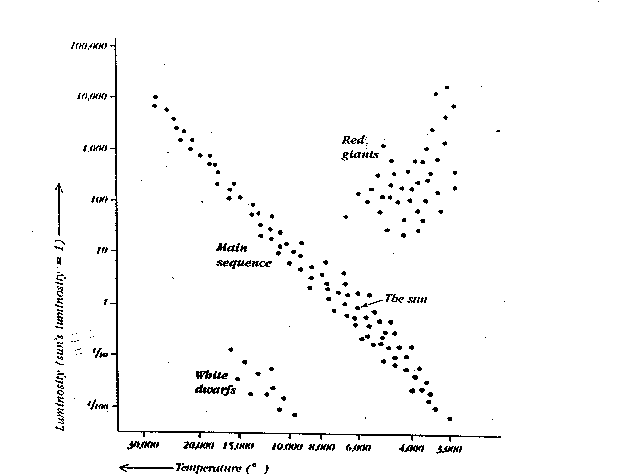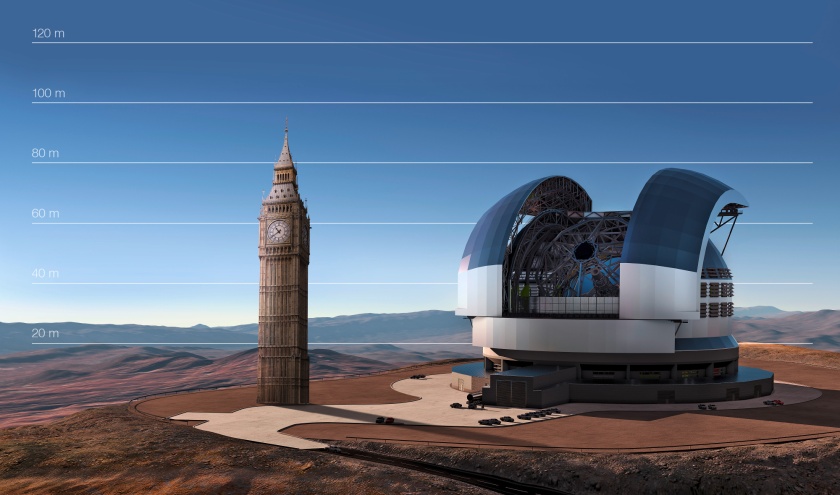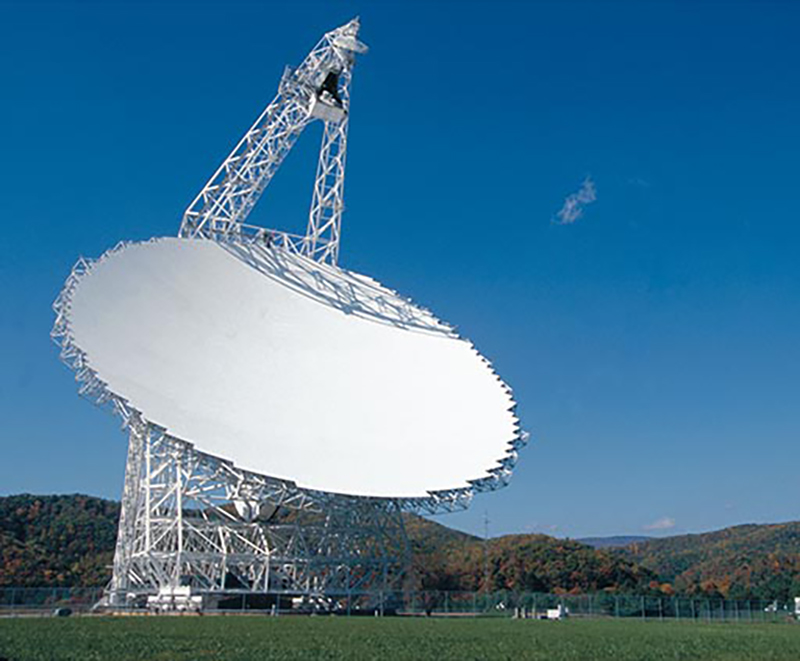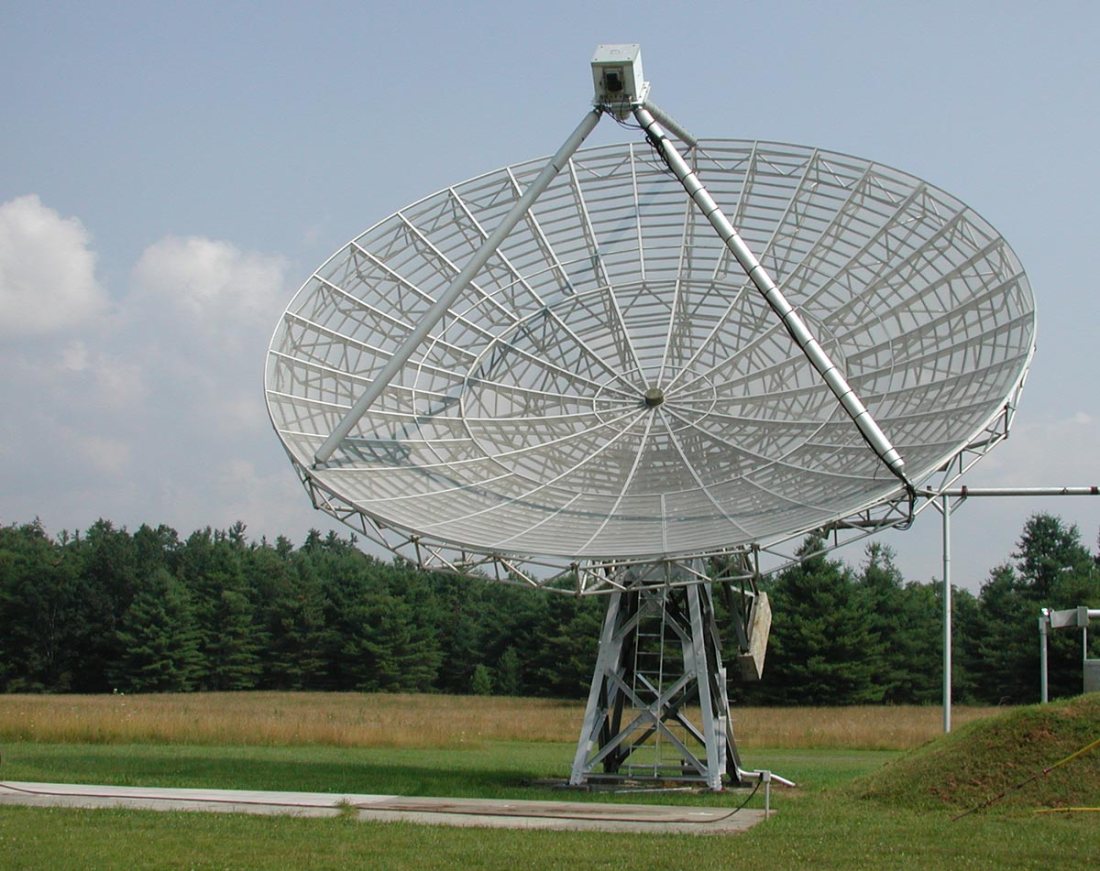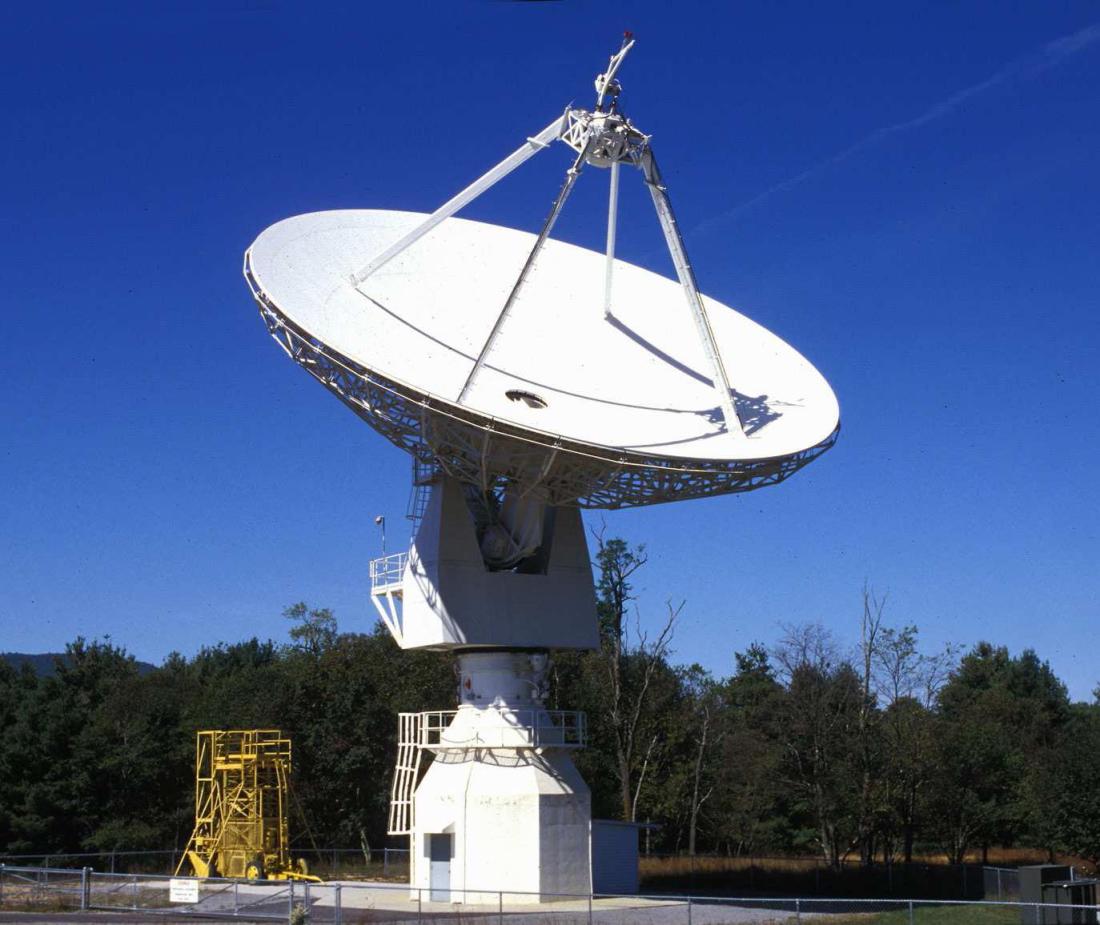The existence of dimensions beyond the three spatial and one temporal we experientially inhabit in our current model of spacetime has been a longstanding discussion touched on by various physicists and the scientific community. It has been suggested that gravity would propagate throughout these other dimensions, a thought brought about in attempts to somewhat unify aspects of quantum theory and general relativity, and explain the apparent “weakness” of gravity. The detection and measurement of gravitational waves paved the way for last year’s proposal that anomalies in detected gravitational waves could suggest the existence of extra dimensions. Given the assumption that gravity interacts with extra dimensions, gravitational waves would similarly interact with these dimensions were they to be present. The idea is that if there are extra dimensions that gravitational waves are interacting with, this interaction would be a detectable phenomena by means of calculating the anticipated strength of the waves given their source and their strength once they reach the detector. An unexpected measurement in the strength of the gravitational waves would provide evidence for extra dimensions “stealing” and therefore weakening the waves over distance.
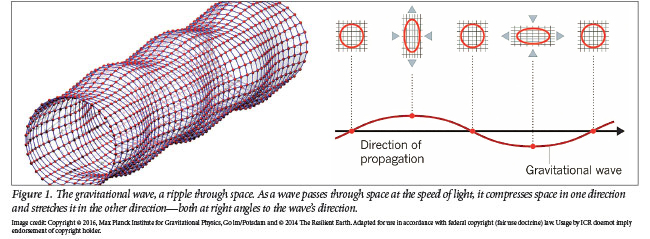
This hypothesis was promising, however earlier this year observations from two colliding neutron stars were used to compare expected and measured strengths of gravitational waves in search of and leakage that would have occurred, causing a reduction in wave amplitude. The strength of detected gravitational waves given their distance was as expected, meaning no measured leaking took place to suggest the presence of large extra dimensions. Despite this result, there still remain extra-dimensional theories to be tested.
For more information on the significant connection between the strength of gravity (mainly how weak it is) and the possibility of extra dimensions, I found this video to be extremely informative and easy to understand.
Featured image: Artist Penelope Cowley’s rendition of gravitational waves

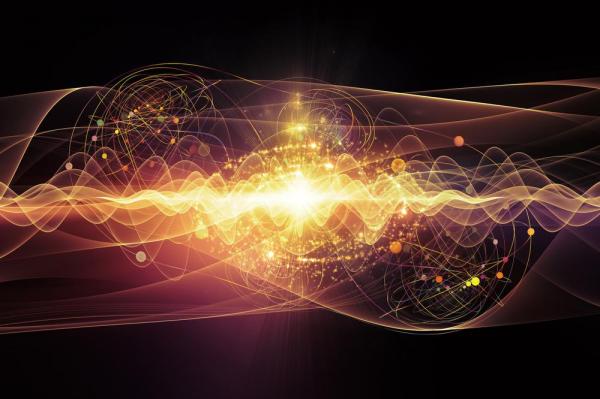



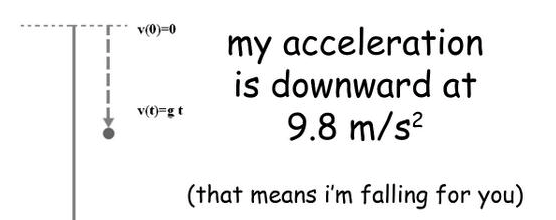
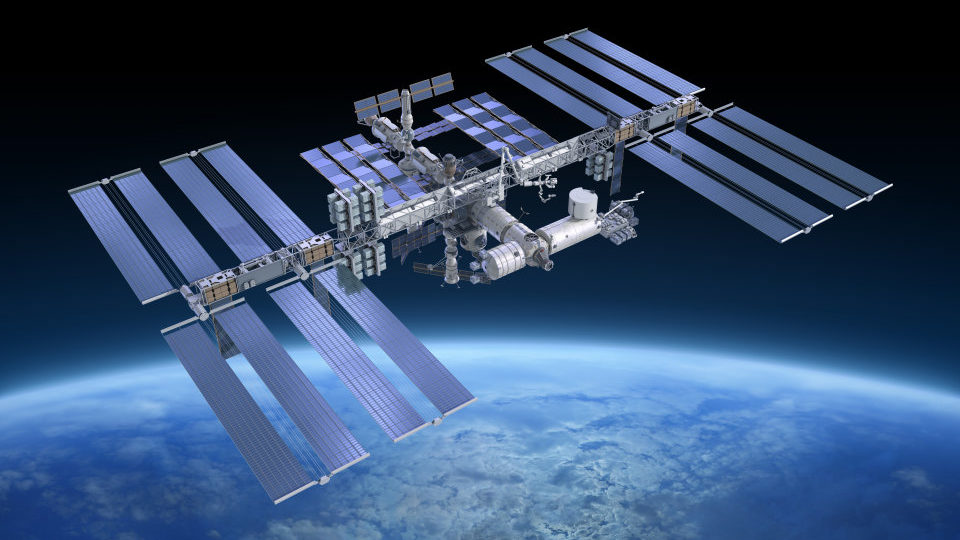
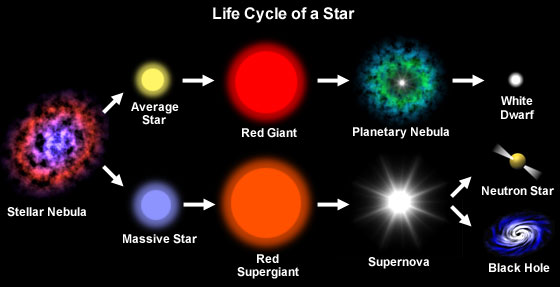 el and either disspate into a White Dwarf surrounded by a planetary nebula or explode in supernova and either become Neutron Stars or, in the case of extremely large stars, black holes.
el and either disspate into a White Dwarf surrounded by a planetary nebula or explode in supernova and either become Neutron Stars or, in the case of extremely large stars, black holes.